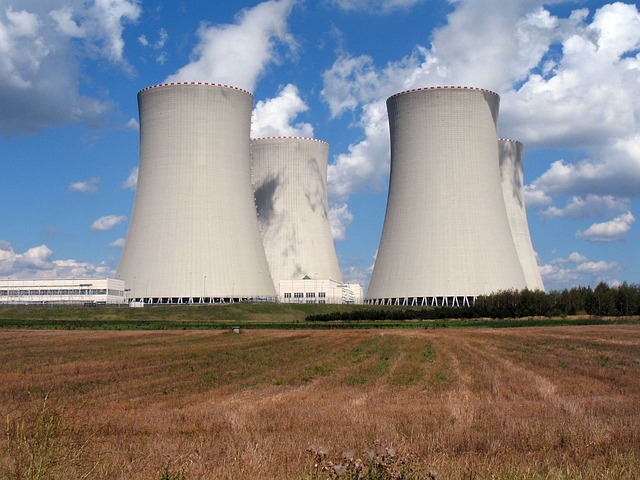Nuclear safety refers to the measures taken to minimize the risk of accidents, prevent exposure to harmful levels of ionizing radiation, and maintain the structural integrity of nuclear facilities and reactors. Ensuring nuclear safety is a critical concern for governments, regulators, and industry organizations around the world.
Design and Construction: The design
and construction of nuclear facilities and reactors must meet strict safety
standards, taking into account the potential for earthquakes, fires, floods,
and other natural disasters. Reactor containment structures are designed to
contain any potential release of radioactive material in the event of an
accident.
Emergency Planning: Emergency
planning is a key component of nuclear safety, with well-developed plans in
place to respond to any potential accident. These plans include the evacuation
of personnel and the public, the implementation of protective measures, and the
deployment of emergency response teams.
Operator Training: Nuclear
facilities are staffed by trained and qualified operators who are responsible
for the safe and efficient operation of the reactors. These operators undergo
extensive training to ensure they have the necessary knowledge and skills to
respond to any potential emergency.
Radiation Protection: Nuclear safety
also involves protecting workers and the public from exposure to ionizing
radiation. This is achieved through the use of protective equipment, such as
radiation suits and dosimeters, and the implementation of strict radiation
protection procedures.
Regulatory Oversight: Nuclear safety
is closely monitored by national and international regulatory bodies, which set
standards for the design, construction, operation, and decommissioning of
nuclear facilities and reactors. These regulatory bodies also perform regular
inspections to ensure that safety standards are being met.
In conclusion, nuclear safety is of
paramount importance, and a wide range of measures are taken to minimize the
risk of accidents and prevent exposure to harmful levels of ionizing radiation.
Through careful planning, operator training, radiation protection, and
regulatory oversight, nuclear facilities and reactors are operated in a safe
and responsible manner.







